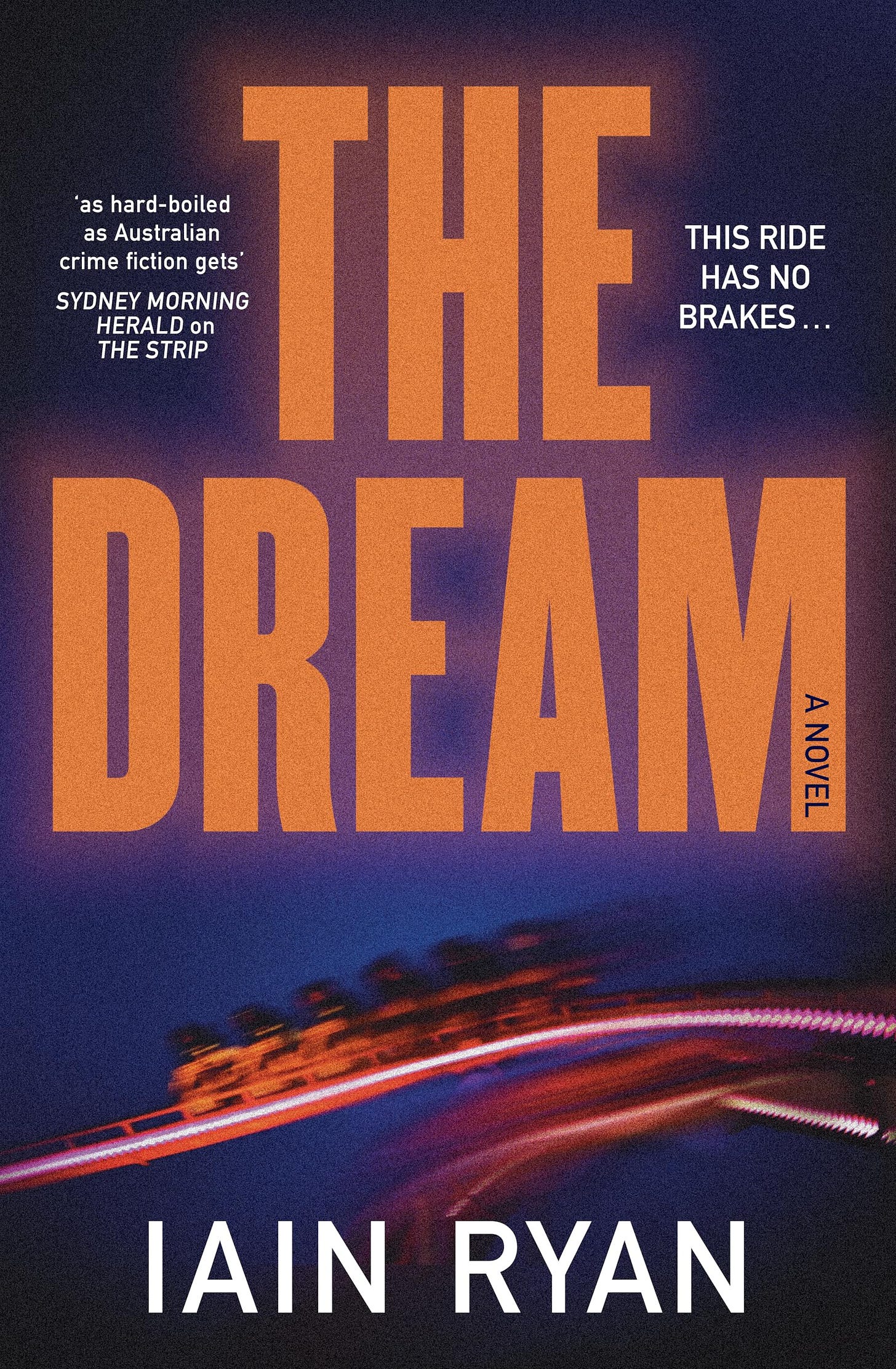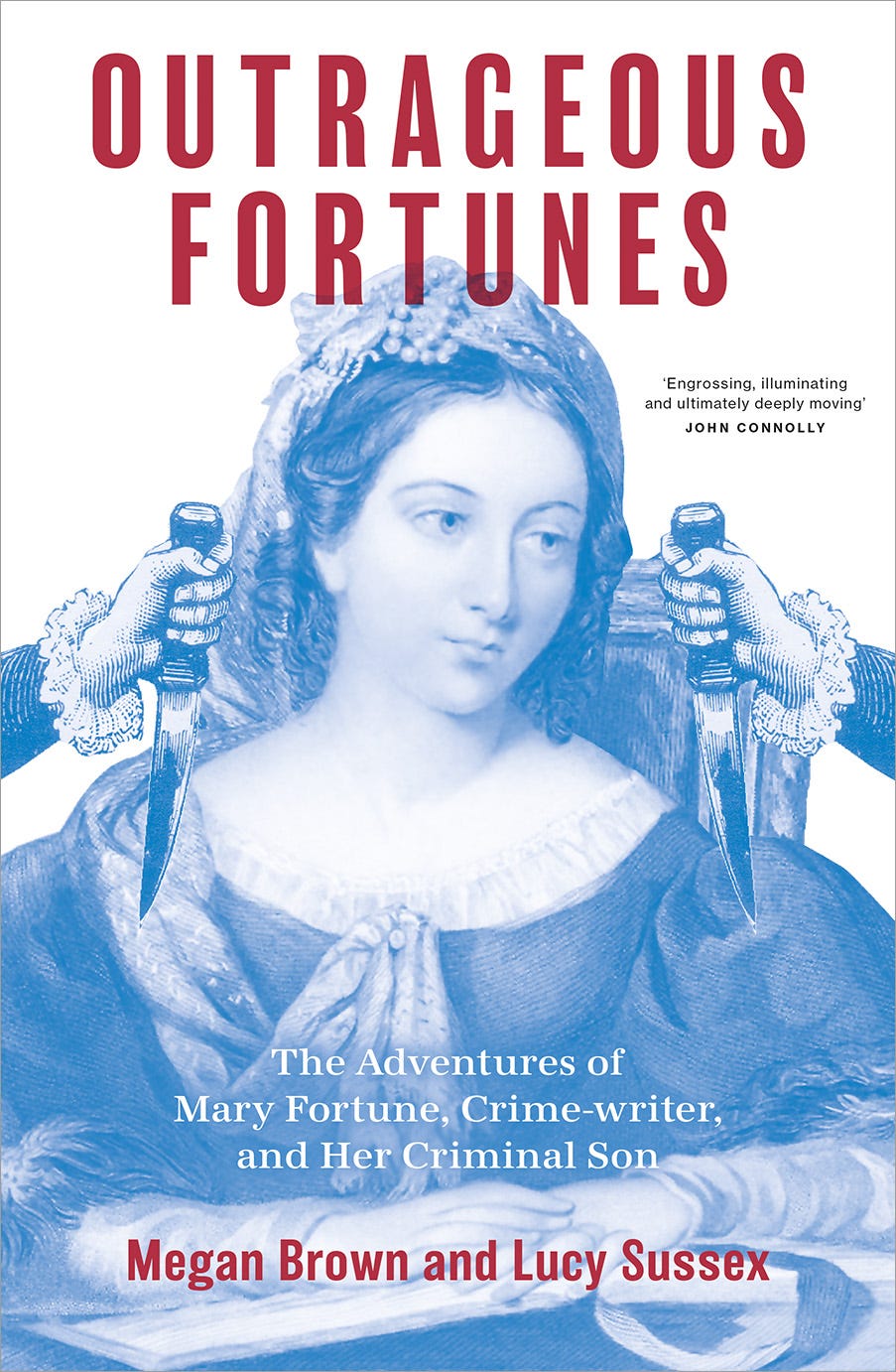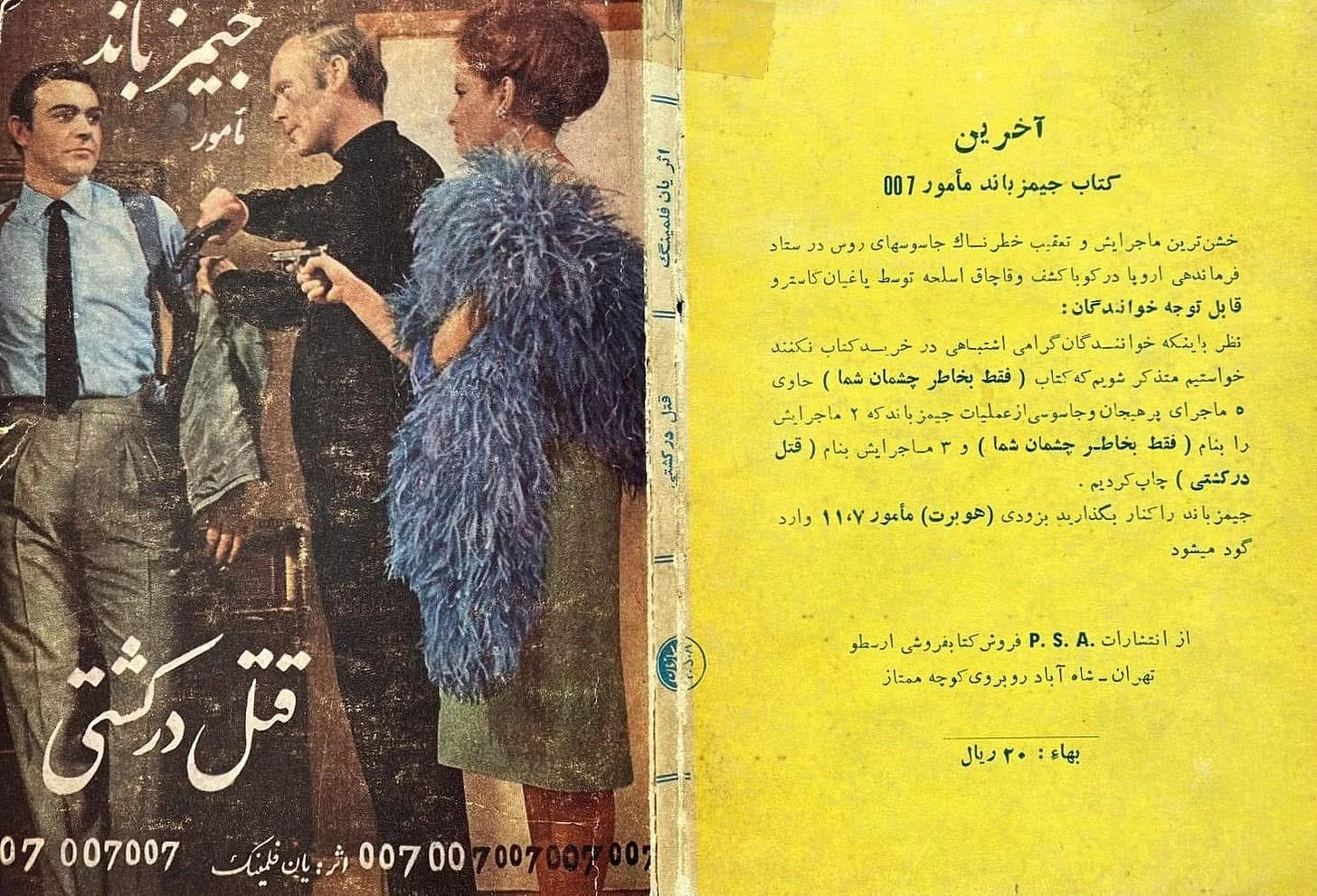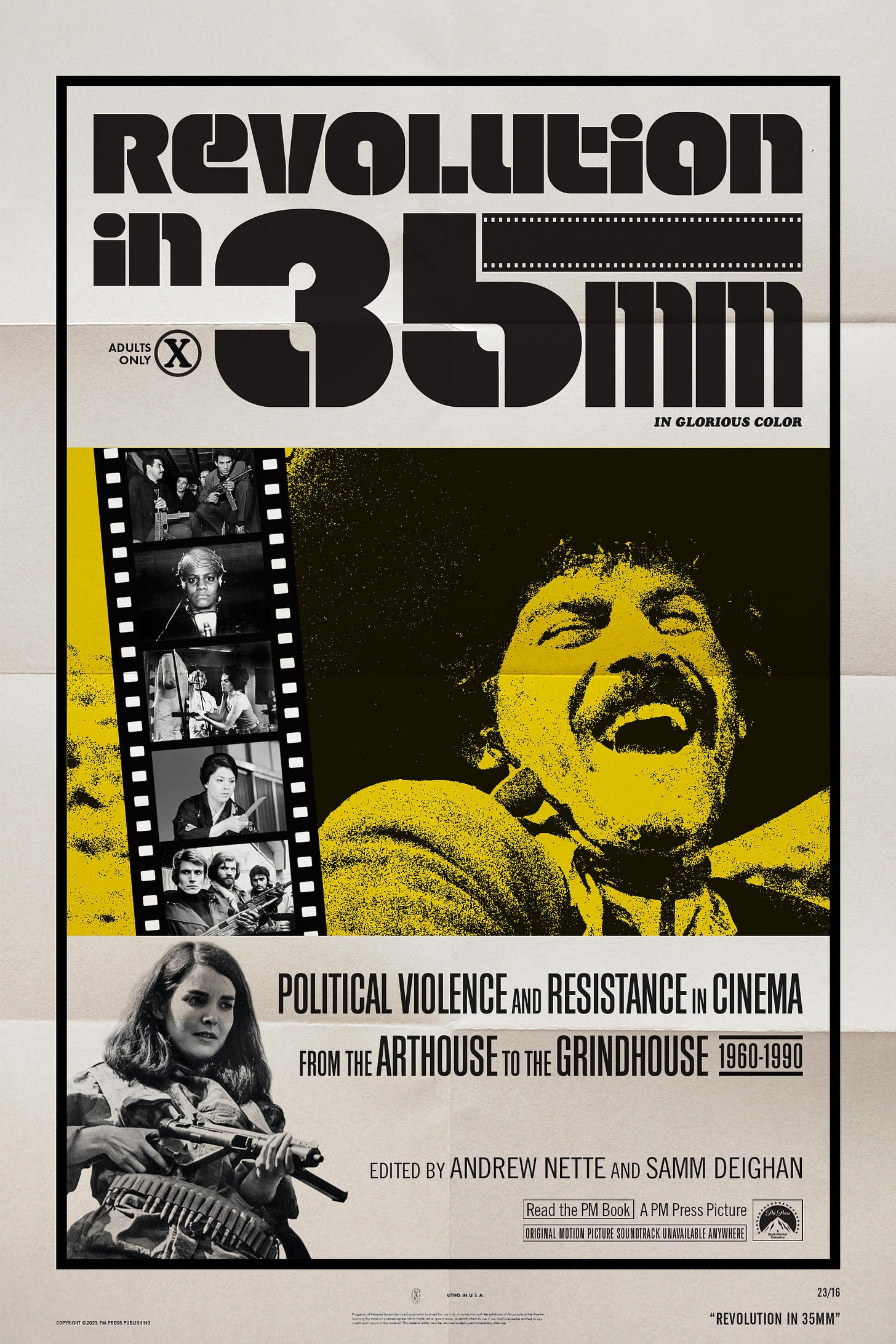Reading report for early 2025
(screw your TBR pile)
When I first started blogging back in 2010 on my soon to be defunct website, Pulp Curry, I used to review books – mainly crime fiction – all the time. But over the years I fell out of the habit for various reasons, particular time constraints. That said, it is something I reserve the right to dip back into it when the mood takes me, as is the case with this missive. So, without further introduction, allow me to present a bit of a reading report for the last two months.
Books read
First up is Melbourne crime writer Iain Ryan’s The Dream. Ryan originally hails from Queensland, which from the 1960s to the 1980s could easily compete with New South Wales as the ground zero for police corruption in Australia. Despite this, it’s a place that has always been woefully underrepresented as a setting for Australian crime fiction. The Dream is the second in a planned quartet of interlinked crime novels set around Brisbane and the Gold Coast during the 1980s. It has some beautiful writing and is perhaps the best fictional rendering on the page of Queensland's not so distant criminal past that I have read. As a narrative it is very, very strong on vibe, and perhaps slightly less so on plotting. But, that said, clearly many of the loose plot strands that Ryan has left dangling at the end of The Dream will be tied up in the two instalments to come. Whatever, it’s a great noir read and I thoroughly recommend it.
The Dream was one of several books that I finished in that deliciously quiet period between Christmas and mid-January. Another was Opi: the two Lives of My Grandfather (2023), a fascinating investigation by author Andreas Pohl into the life of his grandfather, Friedrich Wilhelm Hymmen. Hymmen was a highly educated man and a talented writer. He was also a very enthusiastic Nazi. Pohl explores what motivated his grandfather to join the Nazi movement, Hymmen’s subsequent attempts to make amends for his wartime activities, and what Pohl as a grandson feels now makes about it all. Given current events in Germany and globally it is, as the young folk say, very now.
I have been slowly making my way through Patricia Highsmith’s Ripley novels when I get the chance. The latest was the final in the five book series, Ripley Under Water, published in 1991, a copy of which I stumbled across in a thrift store in late December. The plot concerns Ripley having to deal with the attentions of an American couple who have recently moved in a house near the one he occupies in rural France. What starts out as a bit of low level stalking gradually escalates as it becomes clear that the new arrivals can easily give Tom Ripley a run for his money in terms of sociopathic behaviour. Unfortunately, I found it the weakest of the four books in the series I have read so far. That said, it is not going to stop me reading the fourth book, The Boy Who Followed Ripley (1980).
Last, was Richard Stark’s Backflash (1998). This is one of a couple of entries in the second wave of Parker books I realised late last year that I had not read. The other being Firebreak from 2001. I have always been a bit dismissive of the Stark novels that followed Butcher’s Moon in 1974, unfairly so I realise after reading Backflash. It is the standard Parker formula, with the professional thief and his crew setting out to rob a gambling boat on the Hudson River in upstate New York, and all the complications and betrayals that follow. There’s lashings of good gritty violence, and a Parker who is easily as ruthless as his 1960s/1970s incarnation.
Currently reading
My attention is currently divided between four books.
The first is Harald Jähner’s stunning history of Germany in the decade after World War II, Aftermath. Jähner is a German journalist and historian, and the book combines both these talents. It is a superbly detailed, at times forensic, investigation into various aspects of German society – sex, economics, population dislocation, art, crime, the allied occupation, etc – in the aftermath of the Third Reich and the almost unimaginable destruction wreaked by the allies in the closing months of the war. It is also beautifully written. The full package.
Second is Philip Kerr’s A Man Without Breath. Published in 2013, this was the ninth Bernie Gunther outing. Gunther is working for the German War Crimes Bureau and assigned the task of investigating rumours the Soviet Union carried out a massacre of thousands of Polish soldiers at the outset of the war. Gunther’s Nazi superiors are keen to use the incident – based on a real event, the mass execution of nearly 22,000 Polish prisoners of war carried out by the Soviet Union in 1940, at the direct orders of Joseph Stalin – as a way of driving a wedge between Moscow and the Polish government in exile. But of course, the case quickly gets bogged down in other agendas, all of them potentially lethal for Gunther. I wrote about why I like this series so much in a previous Substack newsletter. All the ingredients I identified that makes the series so good are present in A Man Without Breath. There is a particularly heavy dollop of the existential futility of trying to bring the perpetrators of crimes to any kind of justice amidst the mass slaughter occuring on a daily basis on the eastern front. This book is arguably the darkest entry in the series, with Gunther literally having to resort to murder to stay one stay one step ahead of a German firing squad. It also brilliantly captures the sense of looming dread that so many members of the German army must have felt as they began to realise the war they had unleashed was slowly by surely turning against them. I thought this was the last Gunther book left in the series that I had not read, but halfway through A Man Without Breath I realised there was one more, If the Dead Not Rise. Consider it already ordered.
Third is Gerald Kersh’s 1938 noir, Night and the City. I was aware this book – the source material for Jules Dassin’s 1950 film noir of the same name – existed, but it was only after someone on social media really recommended it as a viscerally dark depiction of the pre-war British metropolis, that I decided to take the plunge. And, so far, Stygian dark it is, in the best possible way.
Fourth is Mort Künstler: The God Father of Pulp Fiction Illustrators, edited by Robert Deis and Wyatt Doyle. I have read this before, but gave it another look following the news earlier this week that Künstler had died at the age of 97. Künstler had a lot of strings to his artistic bow, but he is probably best known as one of the leading American pulp illustrators from the 1950s to the 1970s. His covers for the sweat and men’s adventure magazines that proliferated on US newsstands in the 1950s and 1960s are legendary. If you are interested in finding out more about Künstler’s work, the Deis and Doyle book is a great place to start. Dies - an expert on men’s adventure magazines - also has an excellent and very detailed two-part interview with the artists on his site here.
To be read
If you are anything like me, then you will no doubt have shelves full of unread books to choose from. But there is one title that I am particularly looking forward to cracking, Outrageous Fortunes: The Adventures of Mary Fortune, Crime-writer and Her Criminal Son, by Megan Brown and Lucy Sussex, which has just been released in paperback through Latrobe University Press in conjunction with Black Inc.
This is the real life tale Mary Fortune, an Australian journalist and crime author, whose 1871 story collection The Detective’s Album was the first book of detective fiction to be published in Australia and the first to be published by a woman anywhere in the world. Despite her pioneering and prolific role in the then colony’s literary scene, Fortune remained largely unknown due to writing under pseudonyms. Brown and Sussex not only shed a light on Fortune’s extensive career, but on the activities of her criminal son, George. Full disclosure, I know Sussex and am aware of how much painstaking work over many years has gone into this publication by her and her co-author. Sussex’s previous book, which I have read, Blockbuster!: Fergus Hume and the Mystery of a Hansom Cab, was very good and I have no doubt Outrageous Fortunes will be too.
Thunderball in Iran
On the subject of books, I recently came across this image of a 1965 Iranian version of Ian Fleming’s Thunderball (not my book, more’s the pity).
I was in a taxi recently and the driver was from Afghanistan. We got talking and I showed him this image, which was on my phone. He proceeded to tell me how he and his then school friends would buy these James Bond books illegally under the Taliban and read them at night. Circulating them continuously until they fell apart. I love this story because, not only does it demonstrate what a truly global phenomena Bond was. It’s a reminder that reading can be dangerous. It can also be revolutionary.
Revolution in 35mm: Political Violence and Resistance in Cinema from the Arthouse to the Grindhouse, 1960-1990
My PM Press book, co-edited with Samm Deighan, Revolution in 35mm: Political Violence and Resistance in Cinema from the Arthouse to the Grindhouse, 1960-1990, is available from online and physical book shops. You can also pick it up as a physical and ebook from the publisher at this link here.
Until next time.








I really enjoyed the Bernie Gunther series - thanks for the other recommendations :-)
Thanks for your mention of our Mort Kunstler art book and my interview with him -- which eventually led to the book. Wyatt Doyle and I were working with Mort, his daughter Jane, and his archivist Linda Swanson on a second book featuring his men's adventure magazine art when he passed. I'm hoping we can still get it published later this year. Mort was both a great artist and a great human being. I miss being able to talk with him.